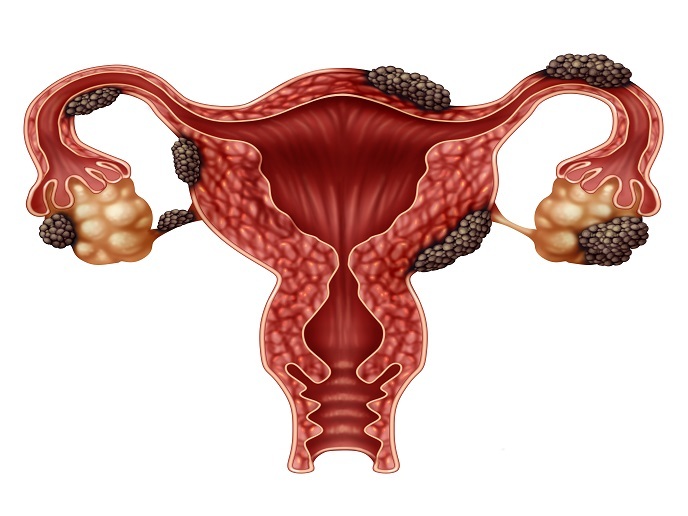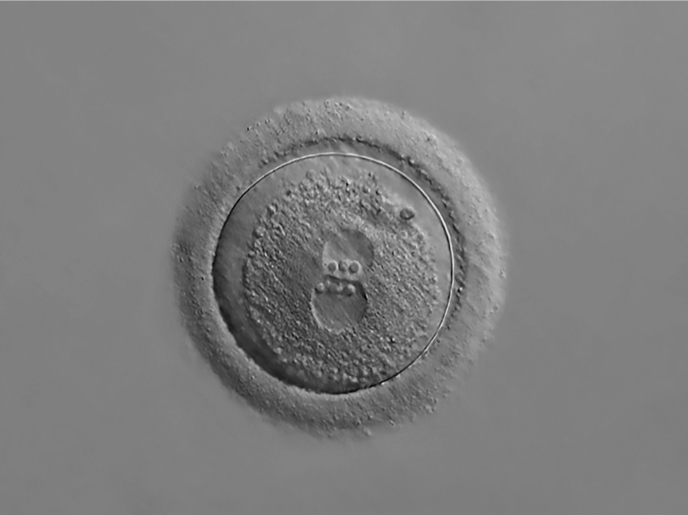Elucidating the ageing brain
So far, no effective therapeutic strategies to treat cognitive decline exist as the brain ageing process is incompletely understood. To address this, researchers of the EU-funded 'Systems biology of pathways involving brain ageing' (AGEDBRAINSYSBIO) project are employing a systems biology approach. Researchers will develop suitable models using late-onset Alzheimer's disease (LOAD) in pathological context to identify ageing phenotype in normal and pathological conditions. Multiple-level data set integration is ongoing, and data from recent LOAD-genome-wide association studies (GWASs) will also be included. Already, 17 008 LOAD and 37 154 controls have been tested, leading to the identification of 20 susceptibility loci for AD. Relevant pathways related to axonal growth and synaptic plasticity were identified that could be used as drug targets for LOAD. A quantitative model was also developed for one such pathway, the glutamate signalling pathway. Using direct stochastical optical reconstruction microscopy and proximity ligation assay, researchers are locating proteins of interest in LOAD-GWAS genes. Scientists came up with an innovative approach based on evolutionary analyses to identify genes associated with neurodegenerative human diseases and ageing in primates and humans. They looked for genes with functional differences resulting from substitutions of specific nucleotides or incomplete duplications/deletions. They successfully identified recent adaptations in genomic data. Take for example GRIK1 (glutamate receptor, ionotropic, kainate 1) for chromosome 21. Using a yeast two-hybrid method, researchers also identified new synapse-related interactors in Drosophila and humans. Project partners comprehensively analysed human neurons derived from induced pluripotent stem cells. Currently, they are characterising neurons from patients with rare LOAD mutations. Through comparative transcriptomics they will identify deregulated signalling pathways. An important achievement is the development of mouse stem cells to identify genes implicated in synapse function, ageing and LOAD. Analysis of neurons derived from these cells is ongoing. AGEDBRAINSYSBIO activities should pinpoint effective therapeutic strategies for LOAD and similar conditions. This would improve the quality of life of such patients and reduce health care costs. The enhanced competitiveness of the four European small and medium-sized enterprises that are part of this consortium will also boost the economy.
Keywords
Ageing, brain, Alzheimer's, brain ageing, systems biology







